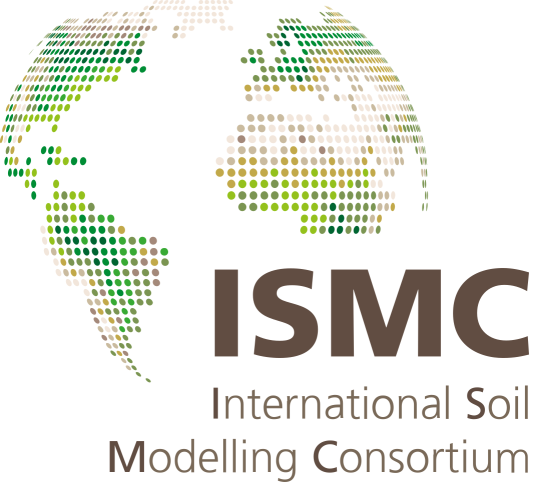ISMC2021-3
Modelling at the interface of soil and plant
Oral
|
Wed, 19 May, 11:00–12:30 (CEST)
Interactive
|
Attendance Wed, 19 May, 12:30–14:00 (CEST)
Oral: Wed, 19 May, 11:00–12:30
12:00–12:15
|
ISMC2021-59
Interactive: Wed, 19 May, 12:30–14:00 | virtual poster area
P4
|
ISMC2021-69
Responses of bacterial communities to spatial distribution and biogeochemical migration in Panzhihua mining tailing
(withdrawn)

